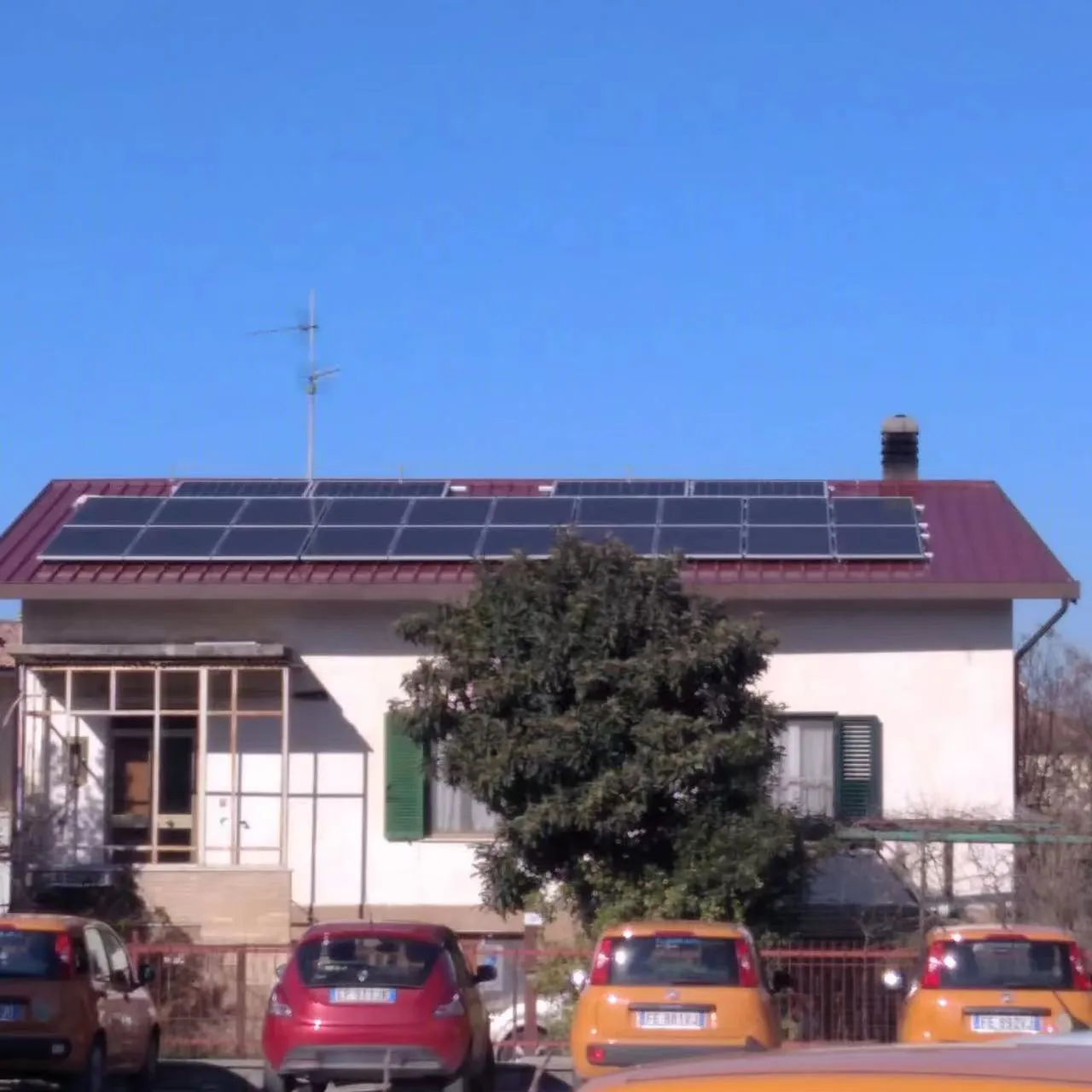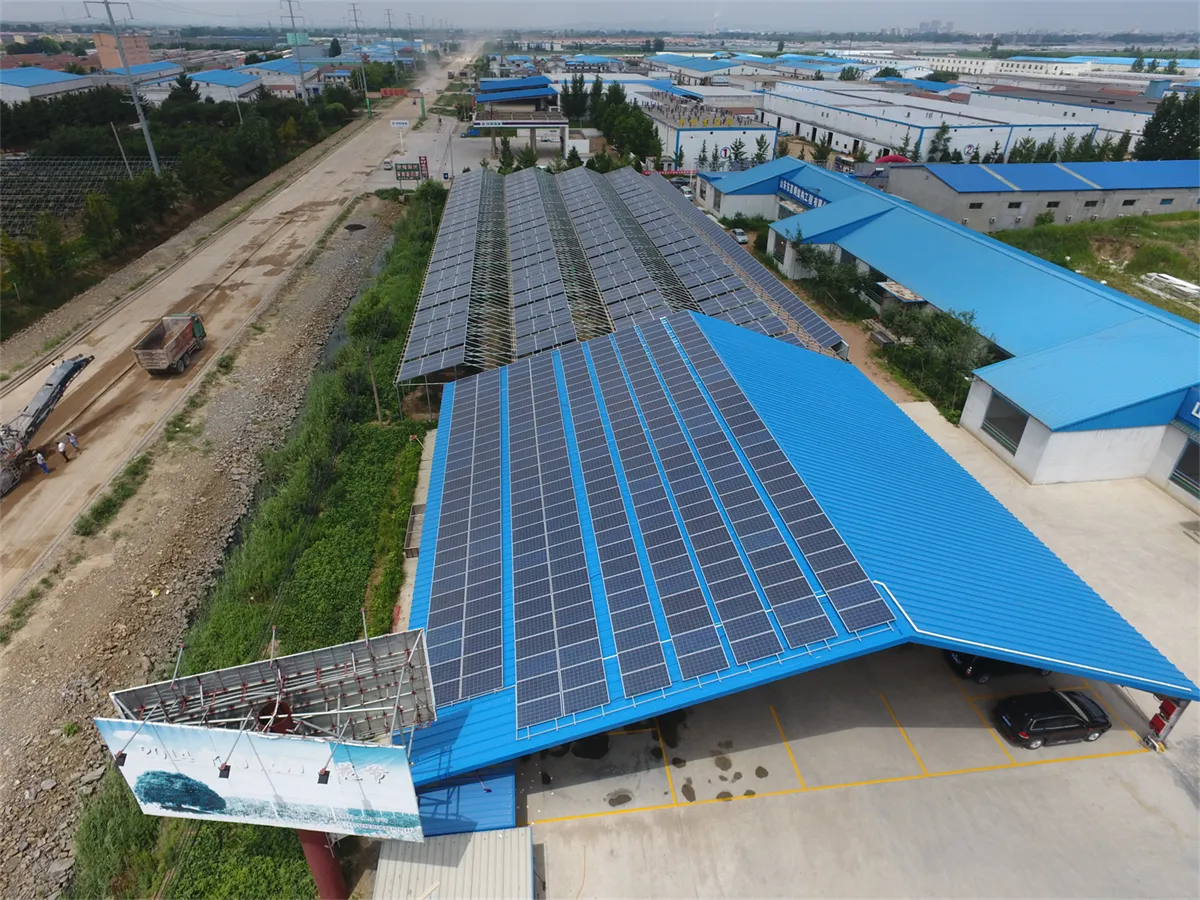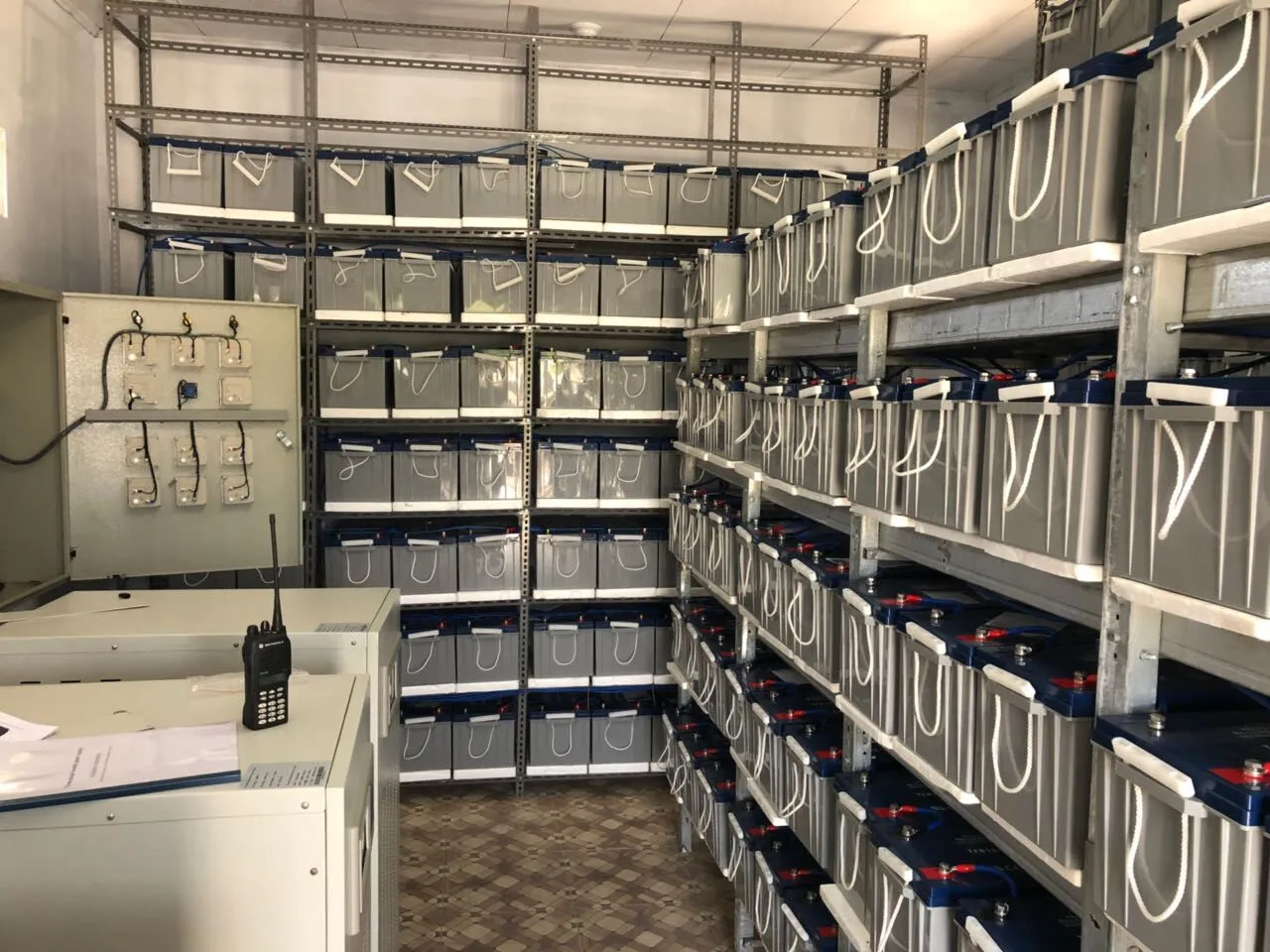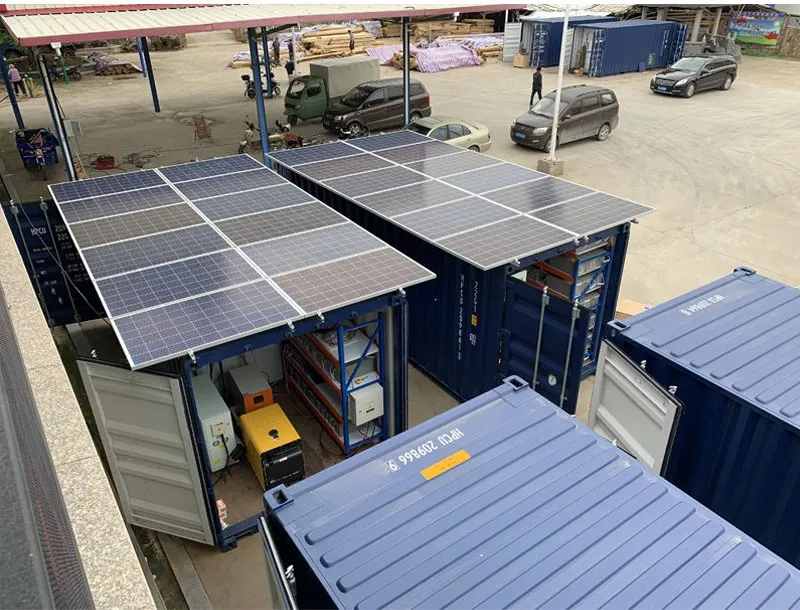Ever looked at solar panels and wondered what all those letters and numbers actually mean? You're not alone. For most people, those tiny spec labels on the back of panels might as well be hieroglyphics. But here's the thing: if you're investing in solar energy, understanding these ratings isn't just technical jargon—it's your guide to getting the most juice from your sunshine.
Think of it like ordering coffee. Without knowing your options, you might end up with lukewarm instant when you wanted a piping hot espresso. In the solar world, mixing up your I mp and I sc could mean wasting sunlight or stressing your equipment. This guide will decode those labels so you speak solar like a pro.
Laboratory vs Real-World: Where Ratings Come From
Solar panels get their performance badges in a controlled lab environment called STC—Standard Testing Conditions. Imagine perfect sunlight every time: 25°C (77°F) cell temperature, sun shining straight overhead at 1,000 watts per square meter. Like a Hollywood version of the real world.
Then there’s NOCT—Normal Operating Cell Temperature—the relatable big brother to STC. NOCT factors in wind cooling your panels and scattered clouds on a breezy 20°C (68°F) day. It gives you the "this is what'll actually happen in your backyard" numbers.

The Star Rating: Wattage (P max )
This is the headline act. The wattage rating—usually written as P max —tells you the maximum power the panel can pump out under perfect lab conditions. A "300W panel"? That's its peak performance in fantasy-land STC.
But watch the fine print: Power Tolerance. This tells you how much wiggle room there is. If you see "±3%," your 300W panel could actually deliver 291W on a rough day or 309W on a superstar day. Kinda like ordering a large pizza and getting bonus slices.

Voltage Explained: Voc and Vmp
Panels have two big voltage stories:
- Voc (Open Circuit Voltage): The potential energy when panels aren’t working. Like a garden hose ready to spray. Important for wiring safety—too many panels in series and this voltage surges like pressure buildup.
- Vmp (Maximum Power Voltage): The sweet spot where your panel makes the most energy. When your controller locks onto this, it’s the espresso shot of solar efficiency.
Quick tip: Voc climbs when it's chilly. On frosty mornings, that "12V panel" might hit 22V! Temperature swings matter more than you'd think.

Current Flow: Isc and Imp
Meet electrical traffic controllers:
- Isc (Short Circuit Current): The max traffic rush. Your solar wires and fuses care about this number to avoid bottlenecks.
- Imp (Maximum Power Current): The steady flow when panels hit their power stride. When Vmp and Imp shake hands, magic happens: P max = Vmp × Imp.
Hot and Cold Blues: Temperature’s Impact
Panels are Goldilocks devices. Too hot? Efficiency drops. Too cold? Voltage spikes. Watch three players:
- Temperature Coefficient: Tells you performance drop per degree above 25°C. A good coefficient (-0.3%/°C) keeps you cozy at 90% output on scorchers.
- Operating Range: Most panels handle -40°C to +85°C. But push past that and you'll hear material groans—like boots on thin ice.
Remember: Cooler panels often out-perform STC ratings!
Safety Net Ratings
Like brakes on a sports car:
- Max System Voltage: Usually 600V-1,500V. Go over, and you risk sparks flying.
- Max Series Fuse: The electrical "hard stop." Oversize your fuse, and you could be zapping components.
The Reliability Promise: Warranties
Two warranties matter:
| Type | What’s Covered | Real-Life Meaning |
|---|---|---|
| Product Warranty | Hardware defects (cracks, bad cells) | 12-25 years of "we’ll replace it if our factory messed up" |
| Performance Warranty | Yearly power output guarantee | Degrades predictably: ~3% year one, ≤0.5% after |
Pro tip: Monitor your panels. If they degrade faster than promised, you've got warranty ammo.
Real Panel Specs Decoded
Let’s compare panels like cars:
300W Monocrystalline
- V mp : 32V
- I mp : 9.38A
- Temperature coefficient: -0.4%/°C
Fit for: Residential roof space champs.
175W Entry-Level
- V mp : 18.1V
- I sc : 10.31A
- Weight: 22 lbs (easier to haul!)
Fit for: RV adventures / compact systems.
China solar panel manufacturers have transformed this market with cost-efficient production while maintaining robust quality standards and certification processes for global buyers.
Putting It All Together
Reading solar specs isn't about becoming an engineer—it’s about smart shopping. Use this cheat sheet:
- For power: Eye P max + Power Tolerance
- For wiring: Size using V oc and I sc
- For hot climates: Lean on Temperature Coefficient
- For longevity: Compare warranty lengths
Ultimately, solar ratings are your decoder ring. With this knowledge, you’re not just buying panels—you’re investing in sunlight your way.













